Sinners


Sinners is a film that doesn’t just tell a story. It feels like a cultural, artistic, and emotional exorcism. It’s horror, yes. But not in the traditional sense. The horror here is ancestral, spiritual, systemic, and psychological. Ryan Coogler has crafted a story that is as much about sin as it is about survival. It explores what it means to carry generational trauma, what it means to be haunted not by ghosts but by history, and what it means to reclaim your voice in a world designed to silence it.
The story centres around a small Southern community and the arrival of a man carrying both guilt and potential salvation. But this isn’t about plot mechanics. This is about atmosphere, symbolism, and energy. The film leans into biblical allegory, Southern Black folklore, and Afrofuturist thought without ever feeling forced. Coogler’s script doesn’t hold your hand, and it never dilutes its complexity. The themes wash over you slowly, like a spell being cast. And when it lands, it lands with spiritual force.
This is a film about reckoning. With self. With family. With a country’s legacy of violence and erasure. And at its most inspired, Sinners is a film about art itself. It’s about music, performance, cultural memory, and how creation can be both defiance and deliverance. A masterpiece of style, spirit, and storytelling. One of the most inspiring cinematic experiences of the decade!!!!
Performances
This is Michael B. Jordan’s moment. He doesn’t just deliver a career-best performance... he delivers two of them! As the twin brothers at the heart of Sinners, Jordan vanishes into each character so fully that it becomes easy to forget they’re played by the same person. Not because of makeup or costume design, but because of pure, embodied character work.
One twin carries himself with quiet intensity, always alert, coiled like a spring, shaped by a past he’s trying to outrun but can’t quite bury. The other moves like an open wound, vulnerable, almost childlike, but with flickers of something darker lurking just beneath the surface. Jordan uses posture, breath, eye contact, even rhythm of speech, to draw a stark line between the two. And he does it all with restraint. No gimmicks. No theatrical split-screen trickery. Just acting of the highest order.
What’s so impressive is that he never oversells the contrast. These aren’t caricatures. They feel like two men who’ve grown up in the same world, experienced the same traumas, but processed it in completely different ways. Their scenes together are magnetic. It’s a masterclass in duality, not just technically, but emotionally.
While Michael B. Jordan, without question, gives the performance of his career. But what makes Sinners feel like a truly great ensemble film is that the cast around him doesn’t just hold their own, they elevate the experience at every turn.
Jack O’Connell, in particular, is magnetic. His performance as a quiet, brooding outsider could have easily slipped into cliché, but he brings something far more complex: a presence. A stillness. He says so little, but his eyes do all the talking. In the scene where he and his companions arrive at the juke, and he simply watches the singing and dancing unfold from outside, there’s no dialogue… yet you feel every thought, every judgement, every memory, just by watching his stare. That level of control and restraint is what makes him so special. It’s a haunted performance, and arguably the second-best in the film after Jordan.
Dominique Fishback is equally brilliant in a quieter role, offering a subtle but essential emotional anchor. She brings so much compassion, inner strength, and conflict to the table without ever feeling like a secondary presence. Her scenes with both brothers are a study in empathy and restraint.
Hailee Steinfeld also deserves recognition. She plays her role with quiet heartbreak and layered strength. She’s not a loud character, but she’s essential to grounding the emotional and relational dynamics. Her chemistry with both Jordan’s characters feels lived-in, complicated, and real. There’s a sadness in her eyes throughout, a subtle understanding that she’s standing in the eye of a storm she cannot stop. The tenderness and grace she brings makes her character feel deeply human, and necessary.
Every actor here operates in service of the tone. There are no showboating performances. Everyone listens. Everyone reacts. Everyone holds space. The result is a cast that feels like it belongs to the same spiritual and emotional universe. This entire cast shows up with purpose, but it’s Jordan who turns this film into something special. This isn’t just acting, it’s shape-shifting. It’s rare to see an actor step into two roles with such clarity, control, and soul. Jordan doesn’t just play twins. He lives them.
Cinematography & Visual Storytelling
Use of Space and Environment
The setting is a character of its own. The deep South is captured with texture, weight, and spiritual density. The churches, the juke joints, the swampland, the overgrown fields, every location feels charged with something sacred or dangerous. There’s a tension in the air. Even in sunlight, shadows creep at the edges of the frame. The way Coogler and the cinematographer manipulate negative space and depth is masterful. Characters often appear small in wide frames, swallowed by history and heritage.
One standout scene is the juke performance you mentioned. That sequence is spellbinding. A single space transforms through editing, colour, movement, and music into a fusion of centuries, past, present, and the would be future. It’s one of the most artistically bold scenes I’ve seen in recent cinema. That scene alone is enough to confirm that Sinners is not just a film, it’s a work of art.
Cameras and Lensing
Sinners was shot using a rare and daring combination of IMAX 70mm film cameras (15-perf 70mm, name referring to the 15 sprocket holes or perforations per frame) and Ultra Panavision 70mm, which immediately sets it apart from nearly every modern release. The IMAX sequences, captured on the massive 15/70 format, provide a scale and immersion that few filmmakers ever dare to reach for. These sequences, often used in emotionally or spiritually significant moments, rituals, musical set-pieces, scenes of revelation, don’t just look grand; they feel overwhelming. The added verticality of IMAX allows Ryan Coogler to place his characters beneath towering architecture, sweeping trees, or skies that seem to press down with ancestral weight. It’s not just spectacle, it’s spiritual gravity.
The Ultra Panavision 70mm format, used for the more expansive landscape and community-based scenes, brings an entirely different flavour. With its ultra-wide 2.76:1 aspect ratio and subtle lens distortion, it gives the film a classic, epic quality reminiscent of Ben-Hur or The Hateful Eight, but with a deeply modern soul. This format allows Coogler to place multiple characters within a single frame and still maintain spatial clarity, letting tension and emotion unfold within the composition rather than through cuts. The lenses used, custom-modified vintage Panavision lenses with modern rehousing, added just enough softness, halation, and edge fall-off to lend a dreamlike, ghostly quality to key scenes.
The result is a film that constantly plays with perspective, scale, and intimacy. The large-format film grain, shallow depth from the massive sensors, and the natural colour response of photochemical stock create images that are rich, tactile, and deeply cinematic. This is what shooting on film is for, not nostalgia, but emotional fidelity
Aspect Ratio and Composition
Coogler’s decision to blend IMAX 1.43:1 and Ultra Panavision 2.76:1 aspect ratios is not a gimmick. It’s integral to how Sinners tells its story. The transitions between aspect ratios are fluid and purposeful. Scenes that delve into spiritual or personal revelation often open up into the full IMAX frame, allowing the emotion to swell with the image. You don’t just observe these moments, you are pulled into them, enveloped.
In contrast, the 2.76:1 Ultra Panavision format is used to contain the characters within history and space. In dialogue-heavy sequences, the extreme width gives room for visual storytelling to unfold, background characters, symbolic props, environmental storytelling. Sometimes characters are pushed to opposite ends of the frame, highlighting emotional or moral distance. Sometimes, they’re lost in the centre, dwarfed by structures or rituals that predate them.
Compositionally, the film draws heavily from Southern Gothic tradition and African spiritual symbology. Triangular blocking, negative space, and symmetry are used with painterly precision. Some shots evoke classical religious artwork, while others feel ripped from vintage soul album covers or protest photography. The aspect ratios are never static tools, they breathe with the film, shaping how we experience character, emotion, and scale.
The bold choice to switch between formats, and to use both large-format systems, is a declaration of intent: this is not just cinema, this is a ritual. The visuals aren’t just storytelling devices. They are spiritual expressions of the film’s soul.
LUTs, Colour Grading, and Lighting
The colour grading is where this film’s style truly flexes its muscle. Rich, earthy reds, muted blues, and glowing ambers dominate the palette. There’s something tactile about the way light hits skin in this film. The LUTs create a textured patina, like aged vinyl or hand-tinted photographs. It’s simultaneously modern and rooted in the past.
Lighting is a mixture of practicals and stylised chiaroscuro. There are several candle-lit sequences that recall Barry Jenkins’ If Beale Street Could Talk, and the way colour and lighting is used during the musical set piece is jaw-dropping. Neon, halogen, natural moonlight, it all swirls together like jazz, soulful and unafraid.
Consistency and Intent
This is where Sinners becomes a case study in directorial vision. Every single visual choice reinforces the film’s themes. Coogler and his cinematographer do not make stylistic decisions just for the sake of cool frames. The intent is clear: honour Black history, celebrate Black spirituality, and confront generational suffering with unflinching honesty. There’s not a single camera movement or lighting choice that feels arbitrary. Everything feels earned.
Direction & Pacing
This is Ryan Coogler’s best-directed film to date. No question. His work here is fearless. The pacing is deliberate, but not slow. It breathes. It lingers. He lets scenes marinate. There’s an understanding here that horror doesn’t just come from jump scares or violence, but from the feeling that something unseen is watching every move. That restraint is what makes Sinners feel so elevated.
Coogler also shows an extraordinary command over tone. This film should not work on paper. It’s horror, it’s musical, it’s southern gothic, it’s afro-surreal. And yet, in his hands, it flows like a symphony. Every genre thread complements the others. Nothing feels out of place.
The decision to bring his actor into such visceral spaces, to use dance and music as emotional language, to let silence sit heavy between lines, these are marks of a filmmaker who has transcended blockbuster formulas and entered true artistry.
Scene Spotlight: The Juke Performance
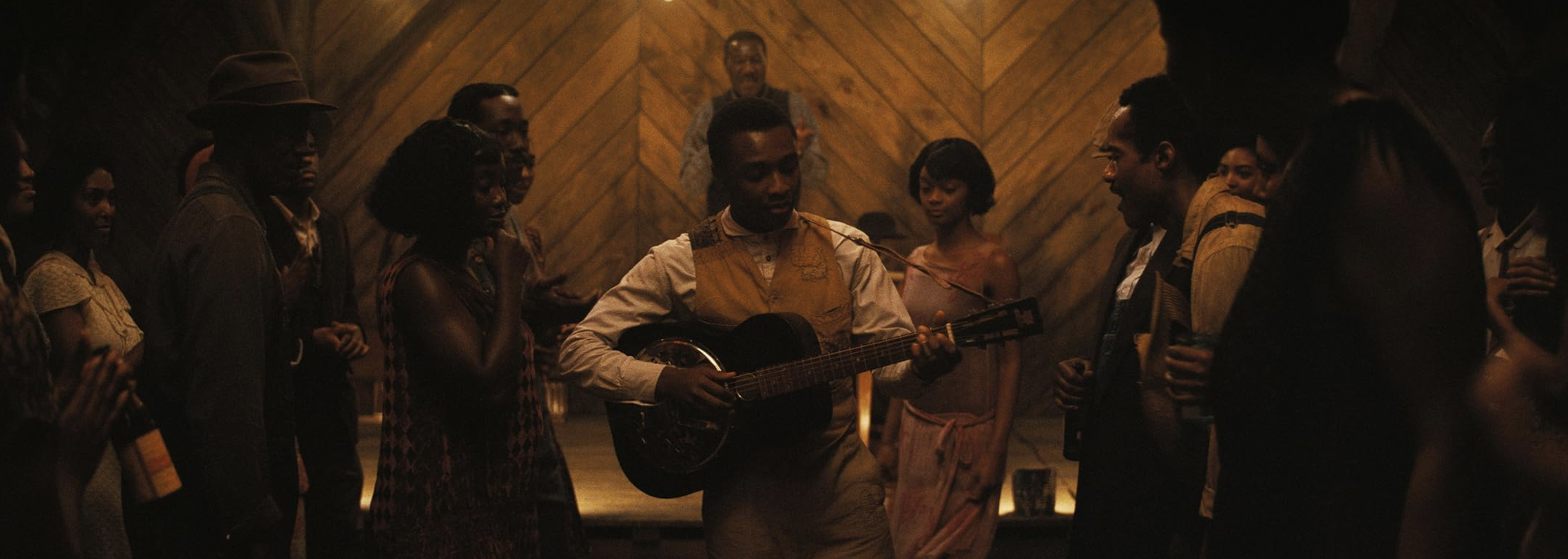
I don’t usually dedicate full sections to single scenes in my reviews, but this one earns it.
The juke performance, where Miles Caton’s character, Sammie Moore, a young sharecropper and preacher's son with a passion for blues music, sings as the crowd dances and we watch the soul of Black music erupt, is hands down one of the most powerful and inspiring pieces of filmmaking I’ve seen in years. It is more than a scene. It is a time machine. A spiritual ritual. A visual and sonic love letter to Black cultural legacy.
The way the camera glides, lingers, sways, it moves like the music itself. The editing blends the past, present, and future with such confidence that you feel history folding in on itself. You’re no longer watching a performance. You’re witnessing memory, prophecy, and celebration happening at once. The colour grade goes warmer, the sound design softens around the vocals, and the energy becomes dreamlike but grounded. It’s hypnotic.
And then that cut to the outside, where the vampires, these ghostly figures who have haunted the margins, stand in the field, watching, transfixed… it says everything. It’s a declaration: even death itself cannot resist the pull of Black music. That moment is cinematic poetry. It broke me a little. It inspired me massively. As a filmmaker, it reminded me what cinema can do when it stops being afraid and starts being honest.
This scene alone is worth the price of admission. But more importantly, it’s a piece of cultural art that I will revisit again and again, both as a viewer and a creator.
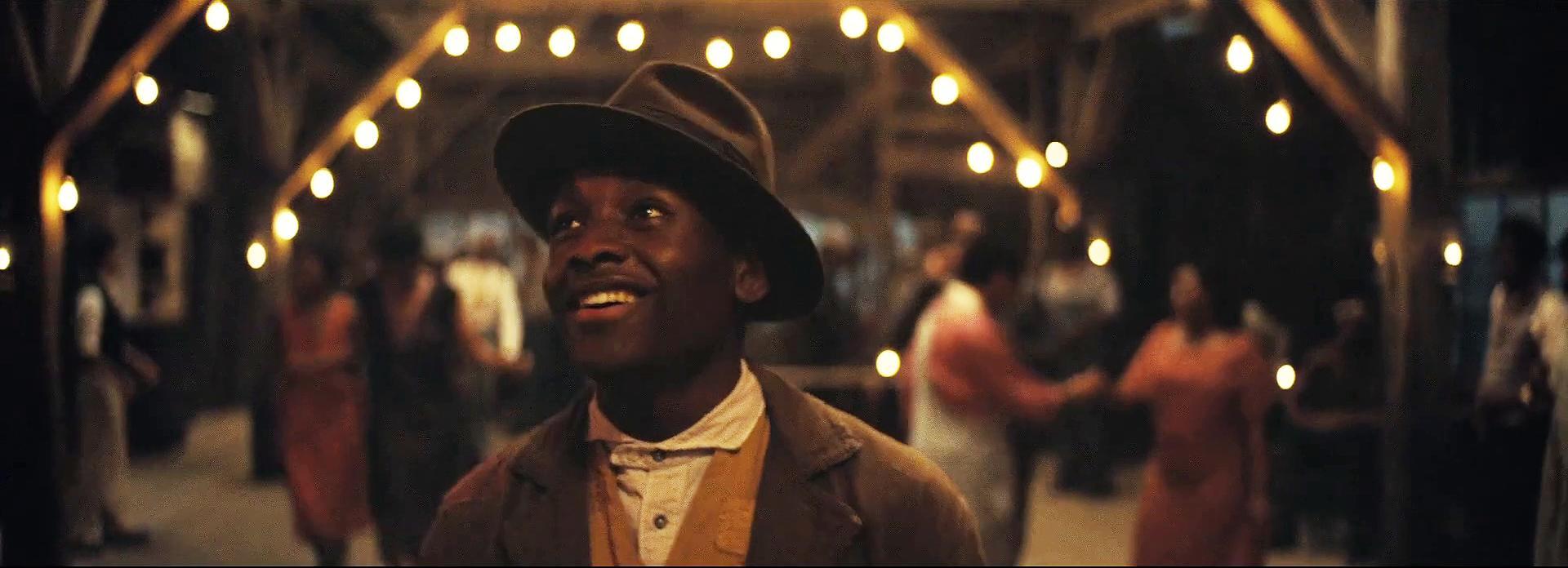
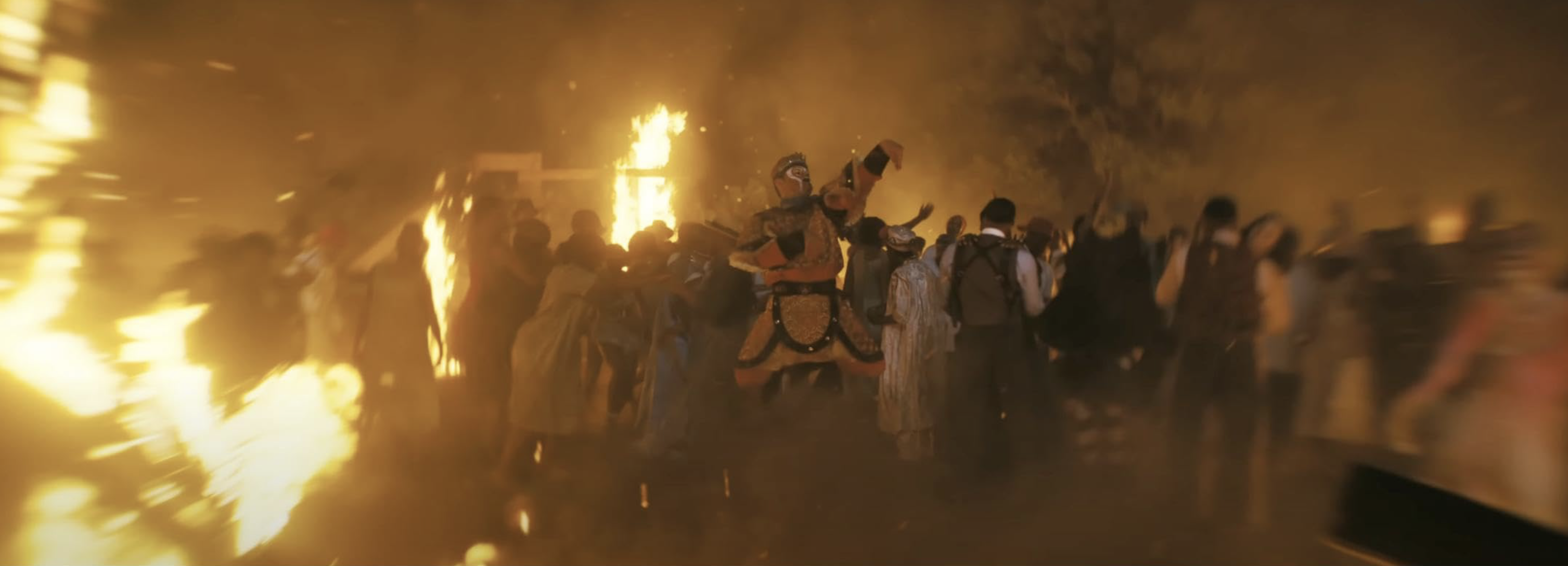
Score & Sound Design
The score is a fusion of gospel, spirituals, trap, and orchestral minimalism. It’s easily one of the most original and emotionally resonant soundscapes in modern horror. There are moments where the music is purely percussive, syncopated with the characters’ footsteps or breathing. Other moments let layered choirs swell, rise, and distort into something haunting. The composer, rumored to be Terence Blanchard, brings a sense of musical history into every note.
And then there’s the sound design. The film lives and breathes through its sonic atmosphere. Wooden floors creak with spiritual weight. Voices echo in empty churches like ghosts trapped in stained glass. When characters sing, it doesn’t feel like a performance. It feels like a summoning.
The juke scene again deserves mention. The musical arrangement there is an act of time travel. It collapses decades of culture into one impossible moment, and it gave me goosebumps. Sound in Sinners is not decoration. It is propulsion. It is poetry.
Emotional & Intellectual Impact
Emotionally, I was rocked. It’s been a long time since a film has made me feel this full. Sinners is not loud about its grief. It whispers it. It sings it. And in that stillness, it becomes thunderous. The ending left me sitting in silence. Not because of a shocking twist, but because the emotional and spiritual weight had settled on my chest.
Intellectually, it invites interpretation. It’s rich with metaphor, folklore, and cultural commentary. It’s a film that could be studied frame by frame. But none of it feels inaccessible. It feels like it was made for the people, not for critics.
And most of all, as a filmmaker myself, I walked away inspired. The urge to pick up a camera and make something was overwhelming. That is what cinema should do. It should ignite.
Final Verdict
Sinners is a career-defining moment for Ryan Coogler and Michael B. Jordan. It is one of the most stylistic, daring, and emotionally resonant horror films I’ve ever seen. Every frame is rich with intention. Every sound feels sacred. It’s the kind of film that rewires your creative DNA.
My Favourite Frames
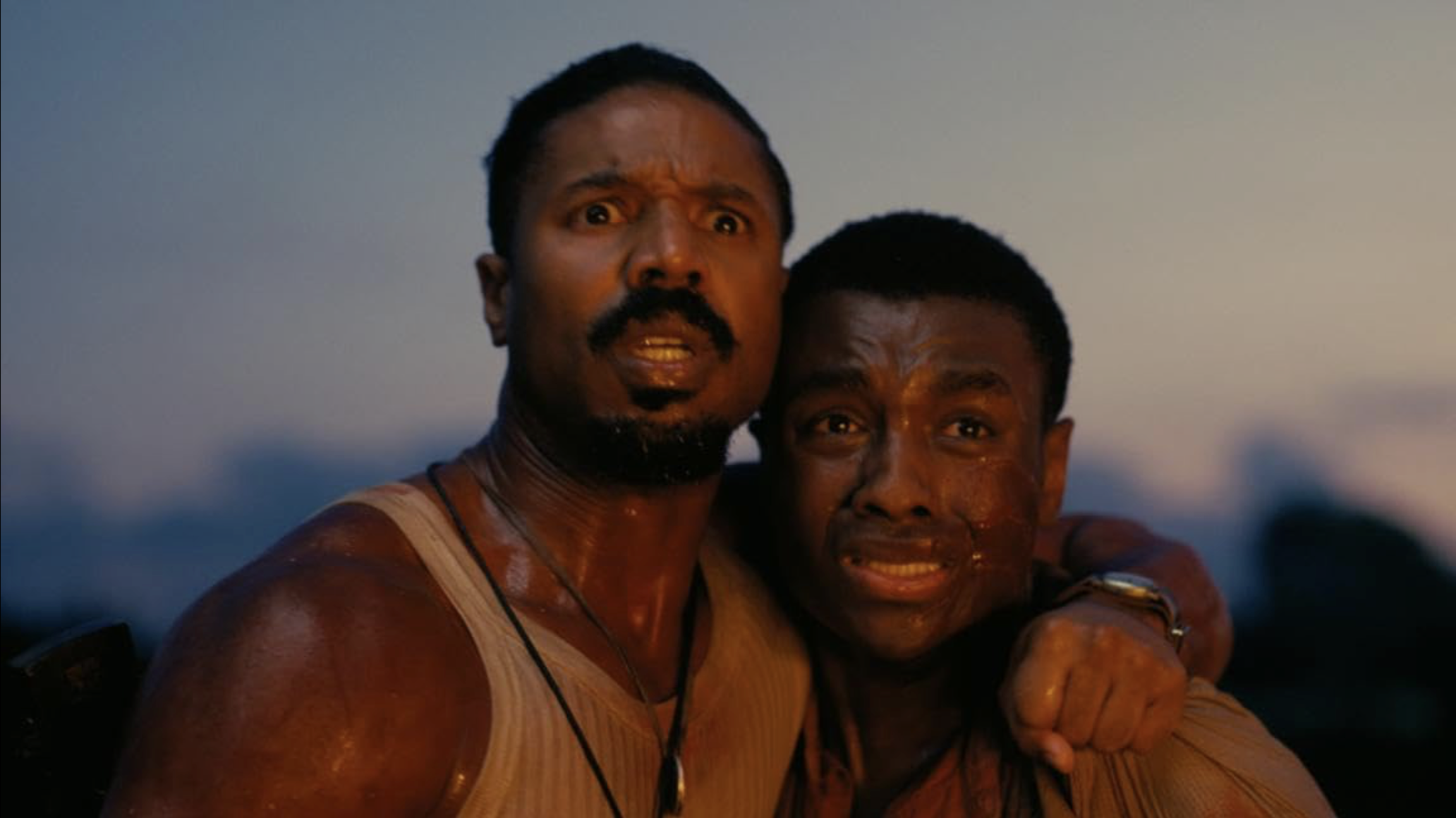


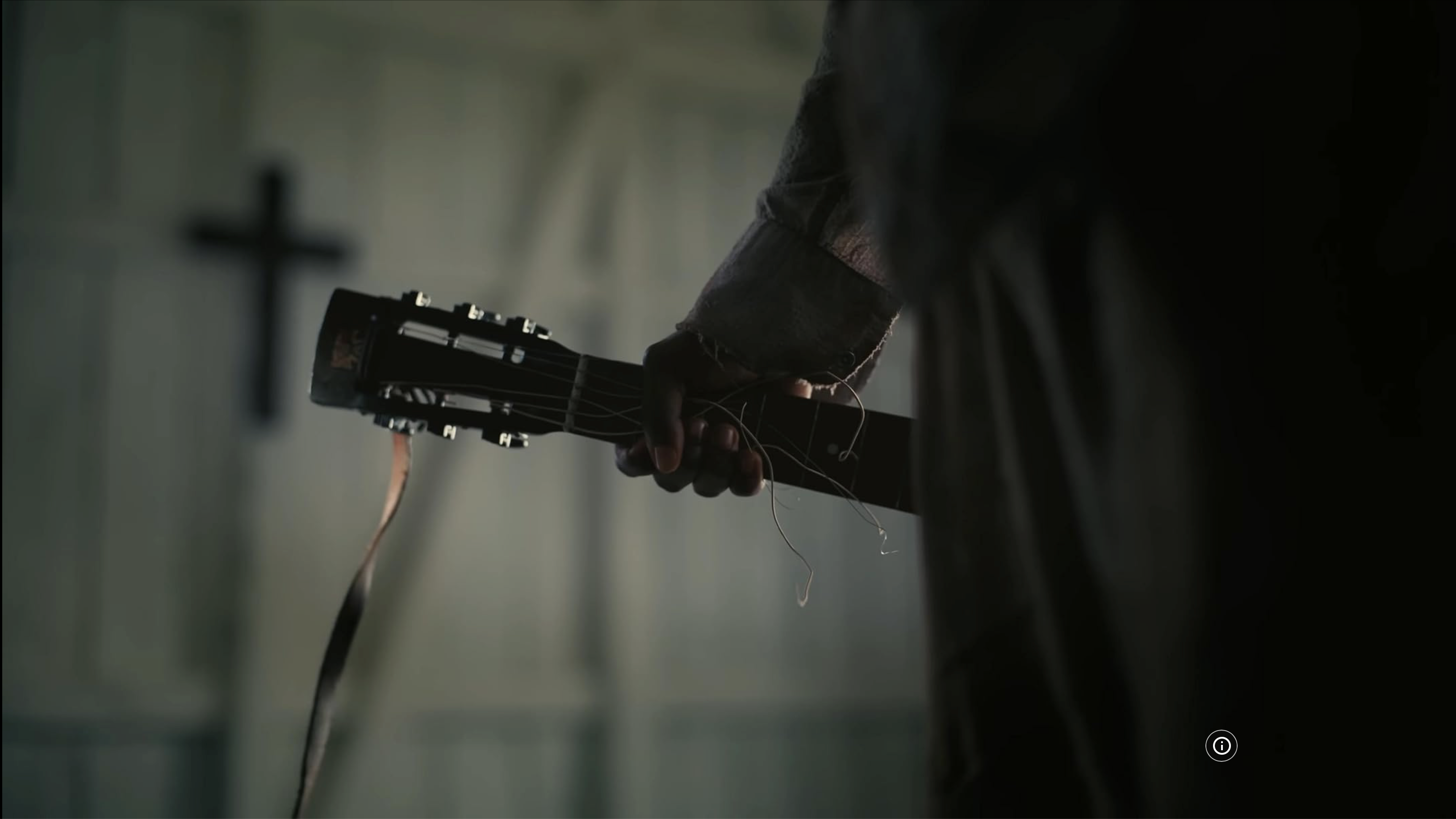
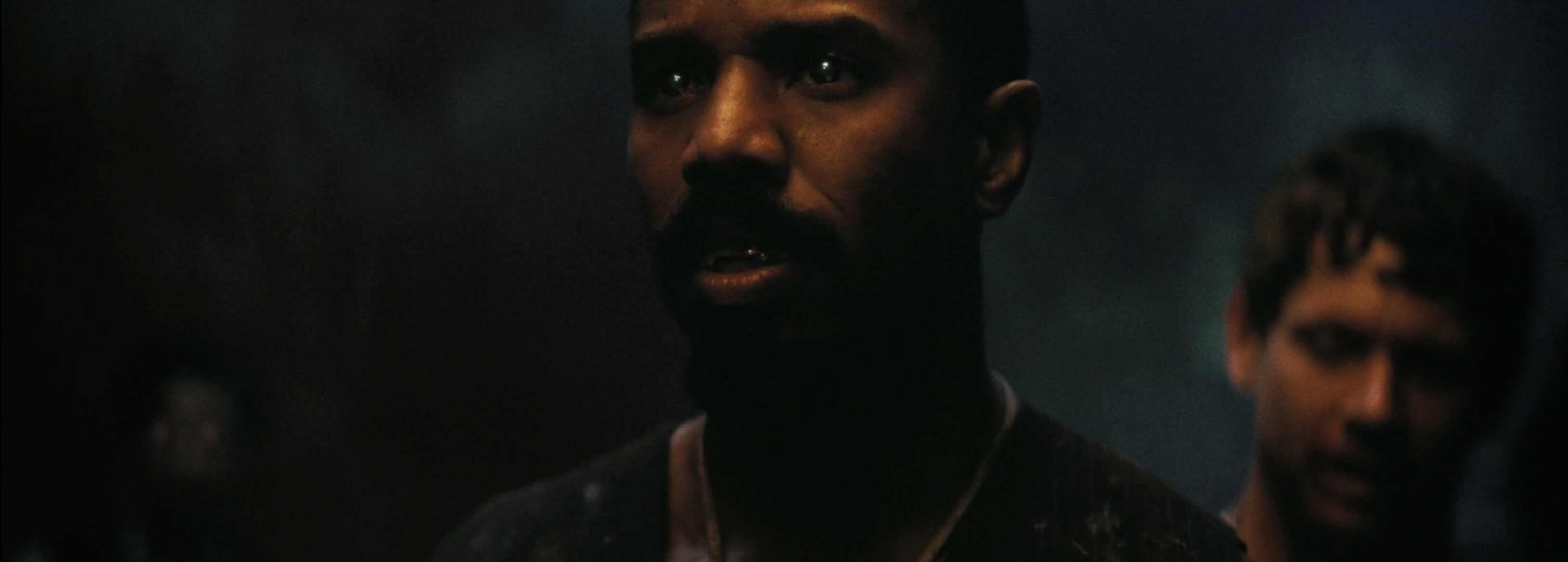
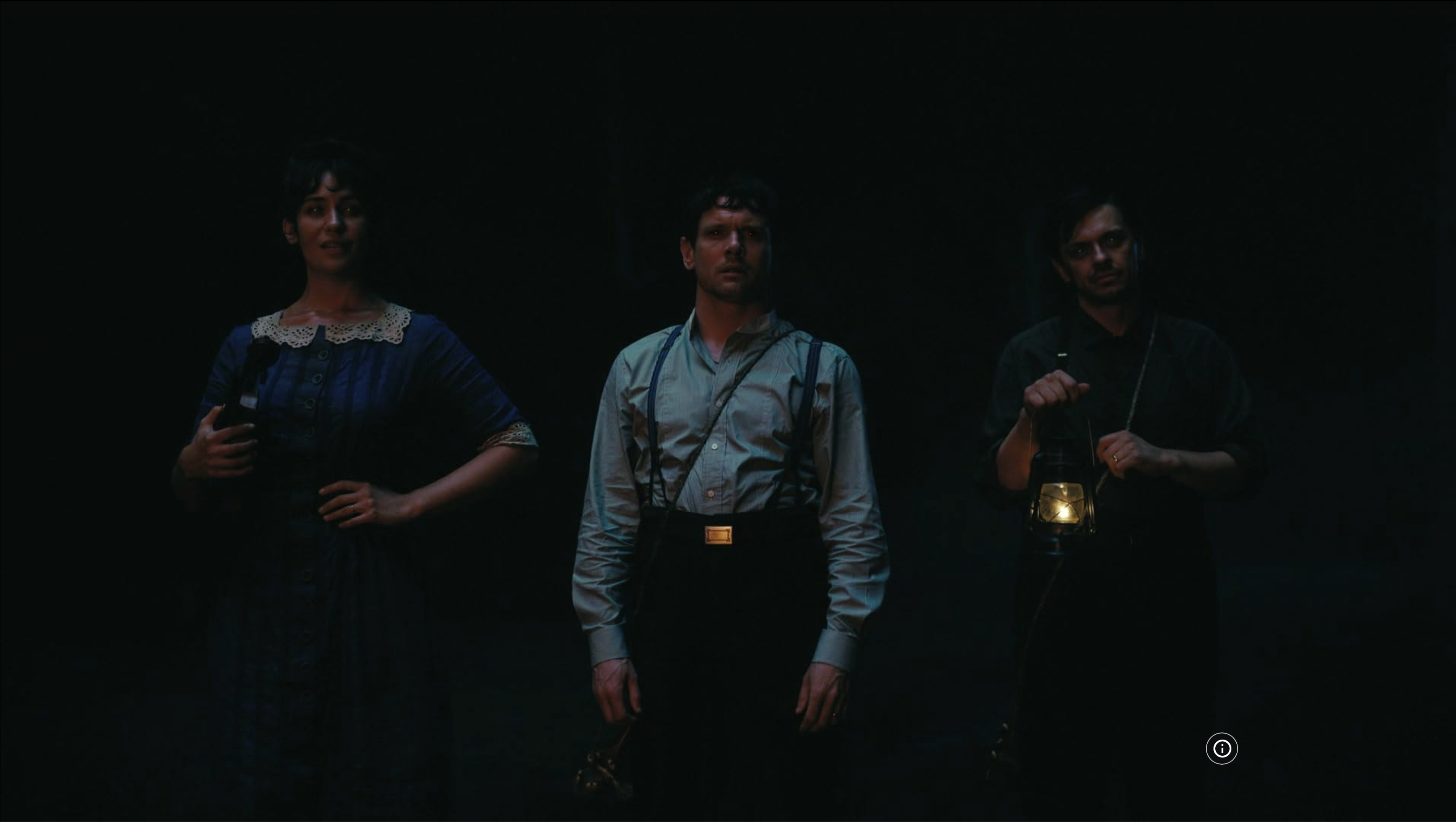
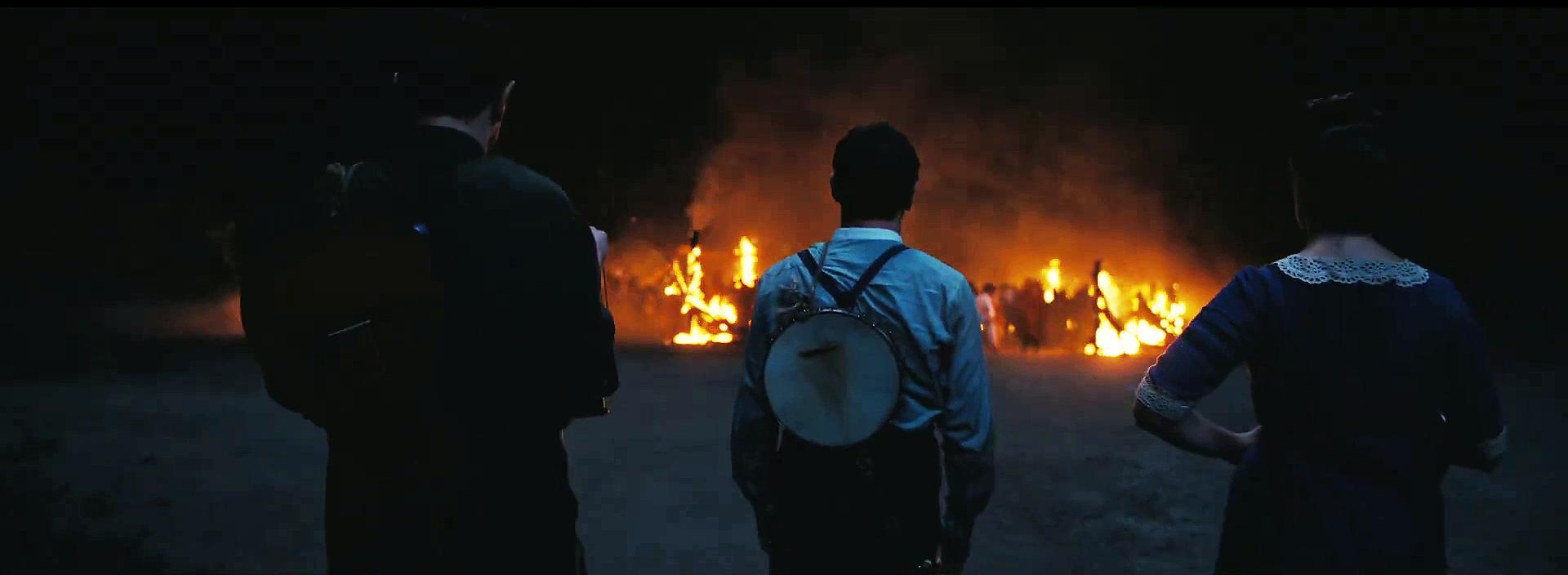
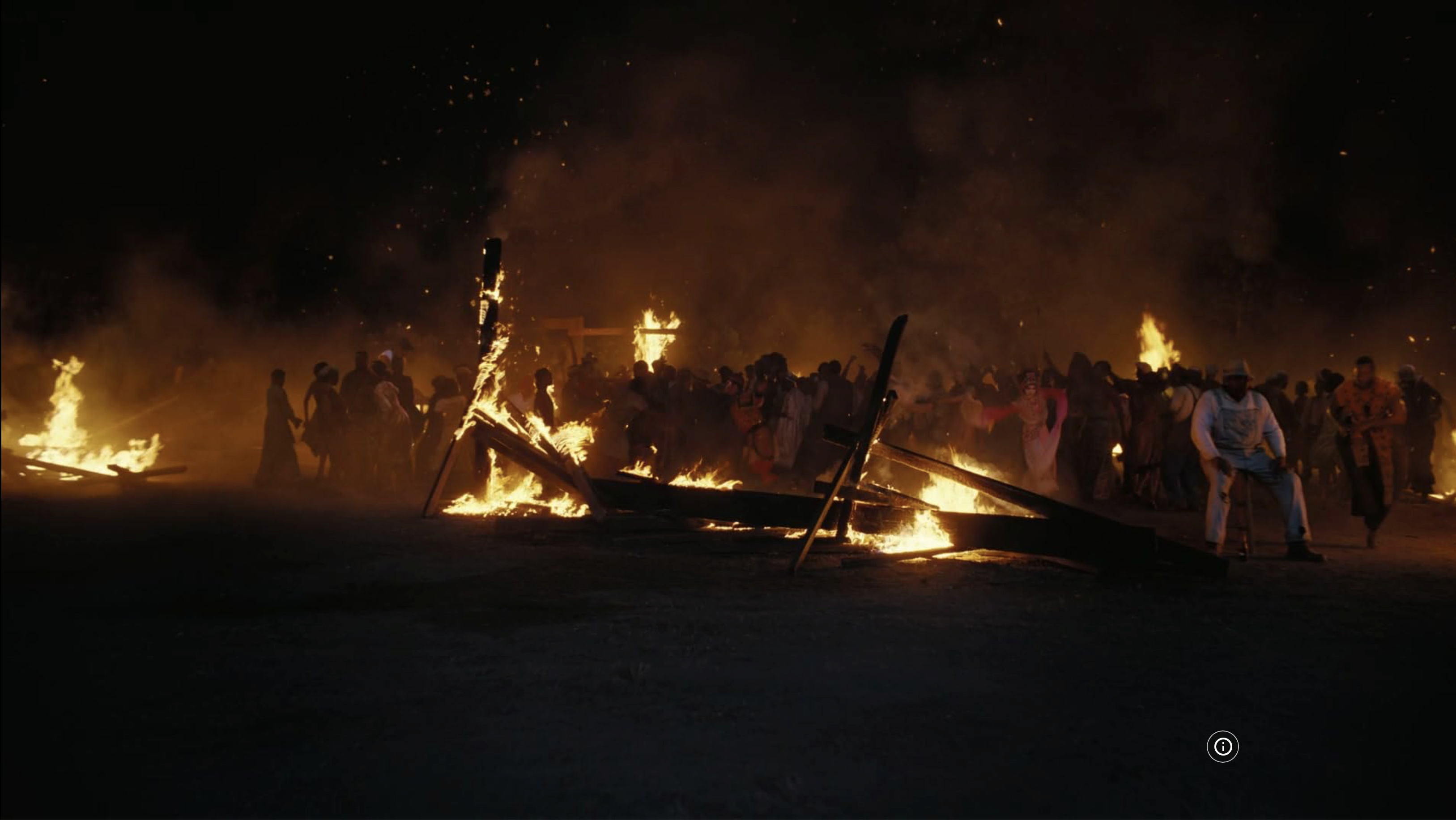
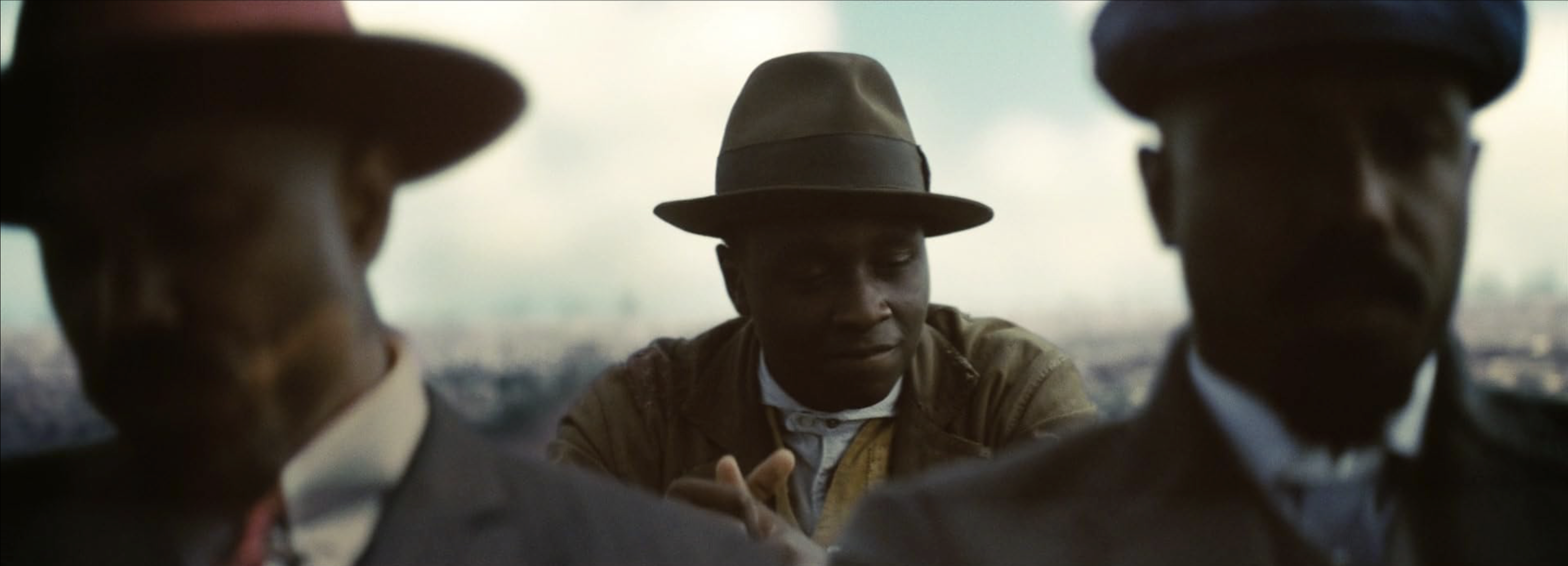
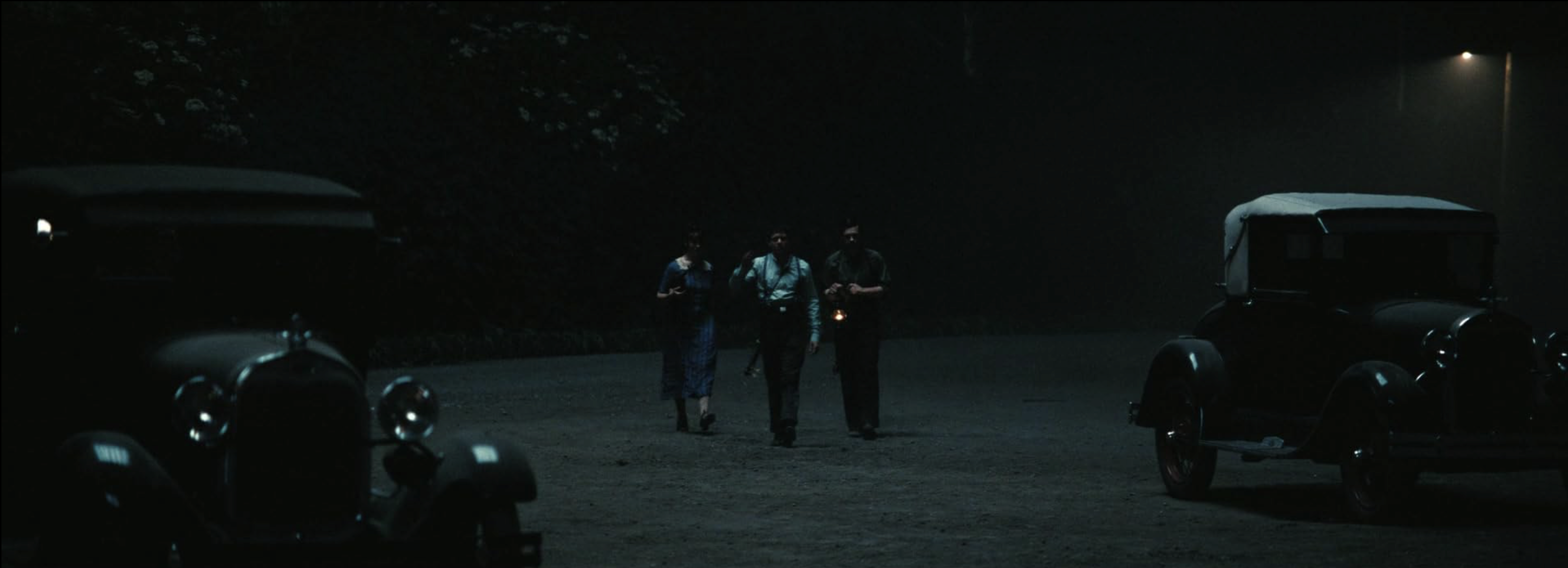

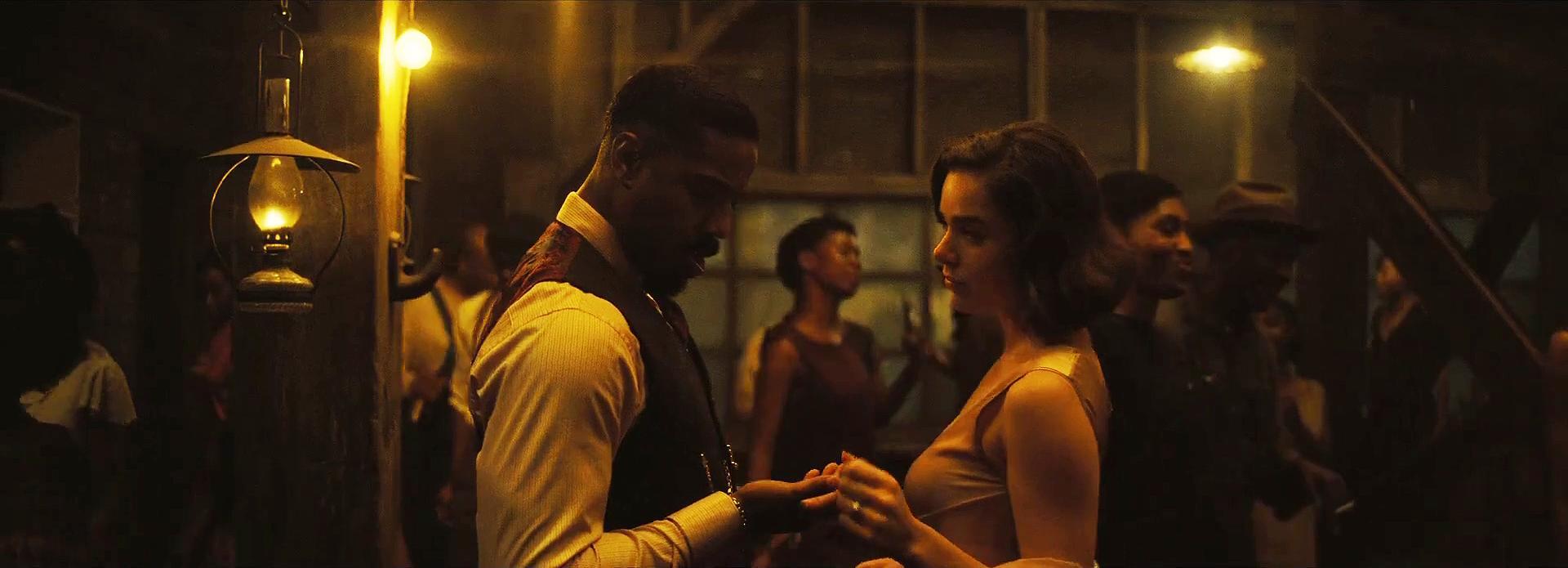
Old age should burn and rave at close of day;
Rage, rage against the dying of the light.” ❤️




